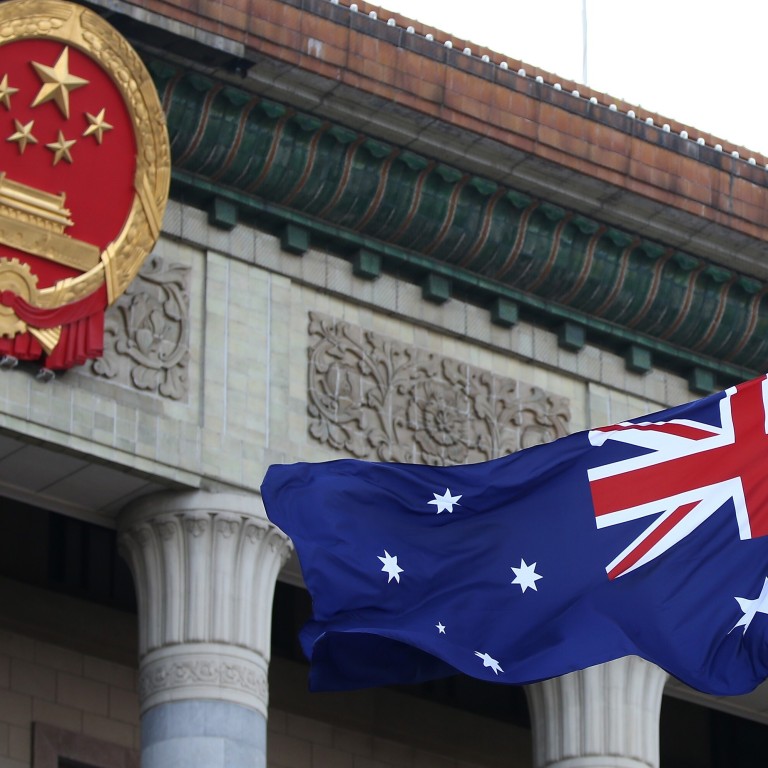
China-Australia relations: iron ore prices helped offset weakened trade with China in 2020
- In the absence of trade restrictions, Australia’s exports of goods and services to China might have risen by double digits 2020, rather than just 0.3 per cent, economist says
- While exports such as wine suffered from trade disruptions with China, Australia was able to mitigate the damage to exports such as coal by redirecting them to other countries
Australia’s export figures for the final month of a tumultuous past year confirmed that momentum slowed in some trade with China amid various restrictions, but unbarred exports remained strong and buoyed overall trade between the two countries, according to the final December trade data from the Australian Bureau of Statistics.
While full-year exports of both goods and services to other countries rose by 3.9 per cent compared with the prior year, those to China rose only 0.3 per cent, according to an analysis by Capital Economics.
“That [0.3 per cent] figure is understating the drag, because iron ore accounted for 55 per cent of Australia’s exports to China in the year to June 2020, but [iron ore accounted for] only 8 per cent of exports to other countries,” he said.
In the absence of China’s trade restrictions, Thieliant estimated that the annual percentage growth of Australia’s exports to China could have been well into the double digits.
Looking at iron ore exports on their own, the 3.1 per cent rise in December, despite a surge in iron ore prices, was also “surprisingly muted given the recent surge in iron ore prices”, he said.
This also suggested that the volume of iron ore shipments to China might not have risen as much as the price increases, with higher prices doing all of the heavy lifting in increasing the value of iron ore exports to China.
In its latest market outlook, Wine Australia said that after the ban on wine was imposed in October, exports declined mainly due to falling exports to China.
But an overall “flat” trade in other export categories was not a detriment. Australia had managed to mitigate the weaker trade with China by either finding other buyers or increasing its unbarred trade with China.
Coal, for example, continued to be redirected to other countries, ANZ Research said.
“Goods that face import restrictions into China, like coal, are holding up fairly well, with evidence suggesting Australia has found alternative buyers,” ANZ economists Hayden Dimes and David Plank jointly said.
In December, Australia also benefited from supply shortages in competing Black Sea markets such as Russia and sold more wheat to China. ABS data shows that rural exports in December rose by 18.4 per cent, with higher cereal exports being the main driver.
Australia’s ability to fill in the wheat export gap came at the same time as a bountiful wheat harvest.
Australia shipped 600,000 tonnes of wheat to China last month and a further 110,000 tonnes this month, according to commodities analyst S&P Global Platts.
China was also Australia’s largest mutton importer last year, accounting for nearly 40 per cent of all Australian lamb meat exports, agricultural analyst Thomas Elder Markets said.
Wool exports were also stable and have been rising in the new year, according to Australian Wool Innovation (AWI).
“Business opportunities from mainly Chinese interests were renewed and strengthened last Friday and continued well into the early part of selling this week,” AWI said.
“Traders led the buying lists once again, although good support from Chinese and European top makers was evident.”

